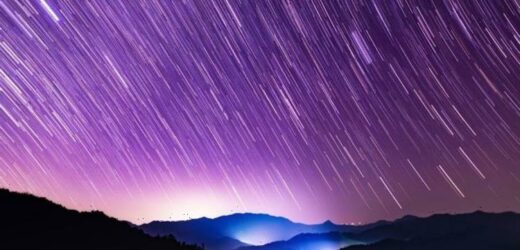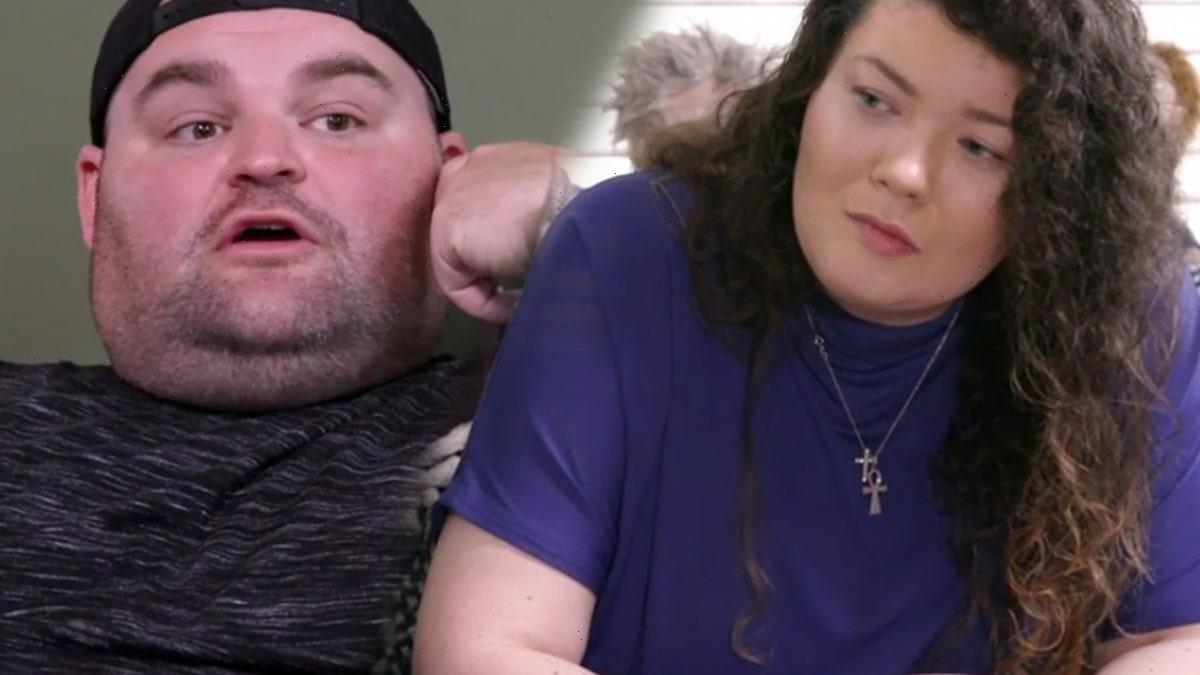Lyrid meteor shower: Expert discusses cluster of ‘shooting stars’
We use your sign-up to provide content in ways you’ve consented to and to improve our understanding of you. This may include adverts from us and 3rd parties based on our understanding. You can unsubscribe at any time. More info
Astronomy enthusiasts will have to wake up at dawn on November 17 to watch the Leonid meteor shower peak. The best time to look is before dawn, according to Space.com.
To be exact, the perfect slot to admire the shooting stars is set around 8 am British Time, on the morning of the peak.
For best viewing conditions, EarthSky recommends going to a dark area with no light with as little pollution as possible.
They also say skies with a moon that is covered is best.
However, if there is heavy cloud cover, you may not see anything.


If the moon is visible, wait until dawn to look for the meteors.
According to NASA meteor expert Bill Cooke, without moonlight, skywatchers can expect to see around 10-15 meteors per hour during the annual shower’s peak.
But with the moon’s face 95% illuminated during this year’s peak, there won’t be many visible shooting stars at all, he warned.
He said: “Don’t expect much out of the Leonids this year.”


An advisory message from the Met Office seemingly confirmed it might be difficult to catch a glimpse of the meteor showr.
It read on Twitter: “The Leonid meteor shower peaks this week.
“A bright moon tonight could make them a little harder to spot, but the best chance of viewing is between midnight and dawn.
“The Leonids burn bright but move very quickly, so keep your eyes peeled.”
DON’T MISS:
Look up! Leonid meteor shower to light up UK’s skies this week [PHOTOS]
Every meteor shower you can see in the UK in 2021 as Leonids stuns [REPORT]
Orionid meteor shower- Brits set for shooting star display [INSIGHT]

The Leonids are so named because the shower’s radiant point, from where the meteors seem to fan out, is located within the constellation of Leo, the lion.
The said meteor debris comes from Comet 55P/Tempel-Tuttle, a small comet about 2.24 miles wide, according to NASA.
The comet is hurtling through space at a velocity of 44 miles per second, NASA said.
The Leonid meteor shower happens every year in November when Earth’s orbit crosses the orbit of Comet Tempel-Tuttle.
The comet makes its way around the sun every 33.3 years, leaving a trail of dust rubble in its wake, reports Space.com.
When Earth’s orbit crosses this trail of debris, pieces of the comet fall toward the planet’s surface.
Drag, or air resistance, in Earth’s atmosphere causes the comet’s crumbs to heat up and ignite into burning balls of fire called meteors.
These comet crumbs are usually the size of a grain of sand or a pea, so they tend to burn up entirely before striking Earth’s surface.
Space rocks that survive the whole journey to the ground are called meteorites.
But the Leonid meteor shower likely won’t deliver any meteorites.
The American space agency highlights that the Leonid meteor shower will continue through November 30.
A Geminids meteor shower will also be visible from December 13 to 14.
A Ursids meteor shower is also set for December 22.
Source: Read Full Article

